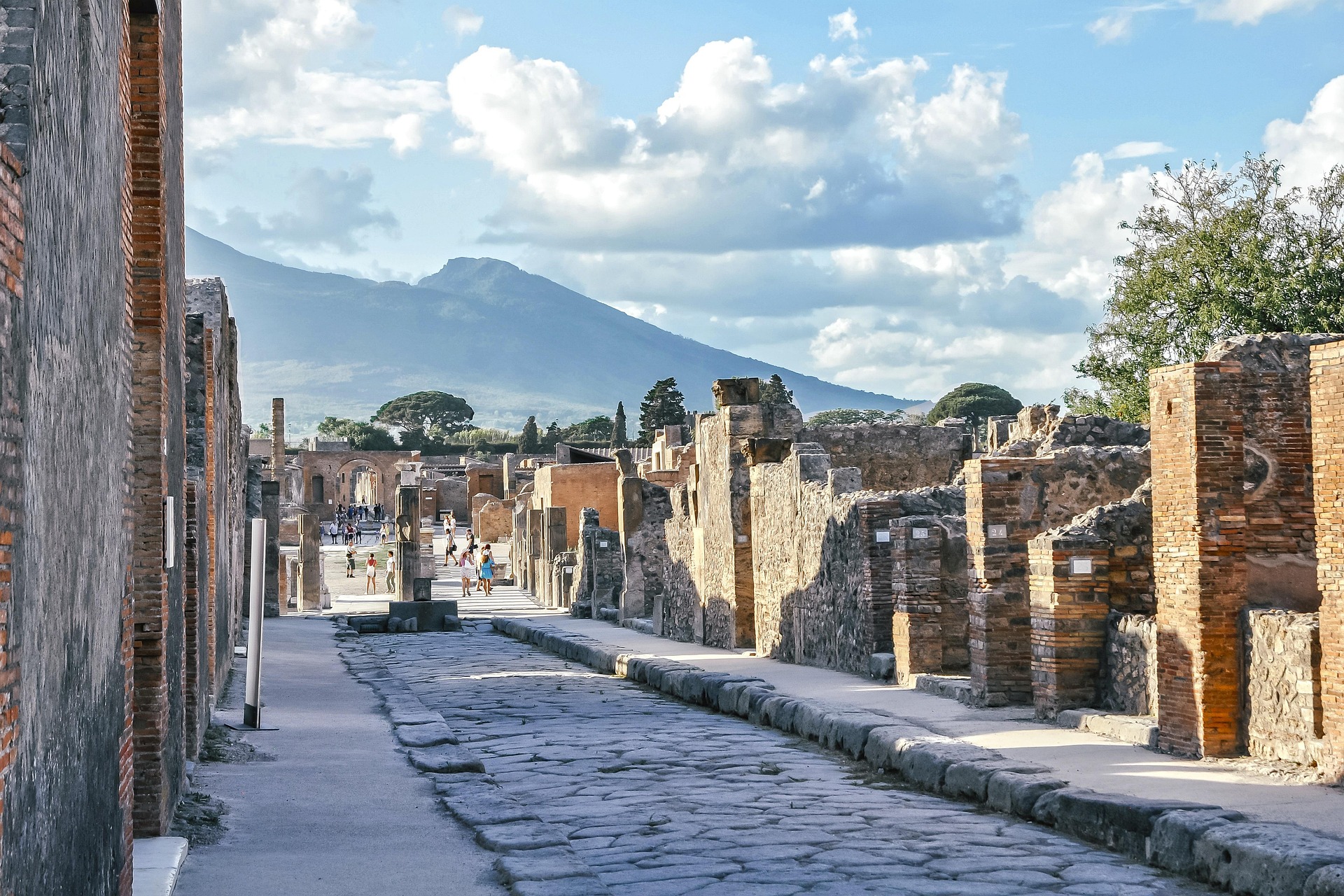The Resurgence of Walking Tours: A Step Back to Authentic Travel
It's time to lace up your hiking boots and prepare for a journey that offers an authentic, immersive experience. We're not talking about a trek in the wilderness, but the resurgence of walking tours in cities and towns worldwide. Once considered a pastime for the elderly or less adventurous, walking tours are now gaining popularity among all age groups and travel styles. But why? Let's delve into this trend and discover what it means for the modern traveler.
The Renaissance of Walking Tours
Walking tours have been around for centuries, serving as educational tools and a means of entertainment. However, with the advent of modern transportation, these tours lost their allure, being sidelined as too slow and tedious. Fast forward to the present day, walking tours are witnessing a massive resurgence. Travelers are increasingly seeking out slow, immersive experiences that allow them to connect with the destinations they visit genuinely.
The Appeal and Advantages of Walking Tours
Walking tours offer numerous advantages, the foremost being the opportunity to explore a destination at a leisurely pace. This slow pace lets travelers observe minute details, soak in the atmosphere, and truly feel the pulse of the city. They provide a way to access narrow streets, hidden corners, and local haunts that are typically overlooked in traditional tours. Furthermore, they contribute to sustainable tourism by reducing carbon emissions associated with motorized transport.
The Challenges of Walking Tours
Despite their many advantages, walking tours come with their own set of challenges. They require a moderate level of fitness and can be physically demanding, especially in cities with hilly terrain or extreme weather conditions. Additionally, they may not be suitable for travelers with limited time or those who prefer a more structured, comprehensive tour.
Impact on Travelers and the Tourism Industry
The rising popularity of walking tours is not just transforming how travelers explore, but also impacting the tourism industry. Tour operators are redesigning their offerings, focusing on small-group or private walking tours that promote social distancing in the wake of the Covid-19 pandemic. Cities are investing in pedestrian-friendly infrastructure and local businesses are benefitting from the increased footfall.
On Foot: Practical Tips and Intriguing Insights
-
Plan Ahead: Research the city you’re visiting and the best routes for a walking tour. There are numerous resources online, including maps and guides, that can help you plan your route.
-
Dress Comfortably: Comfortable footwear is a must. Also, dress in layers to accommodate changing weather conditions.
-
Stay Hydrated: Carry a water bottle to stay hydrated, especially in warm weather.
-
Respect Local Customs: When visiting religious or culturally significant sites, ensure you adhere to local customs and dress codes.
-
Consider a Guided Tour: If you’re unsure about navigating on your own, consider joining a guided walking tour. These often provide additional insights and anecdotes that enrich the experience.
In conclusion, the resurgence of walking tours is a testament to travelers’ evolving preferences for slow, immersive, and sustainable experiences. They may require a bit more effort and planning, but the rewards – a deeper connection with the destination, a richer understanding of its culture, and a more sustainable way of exploring – make them well worth the effort. As we move forward, it will be interesting to watch how this trend further reshapes the landscape of travel and tourism.





